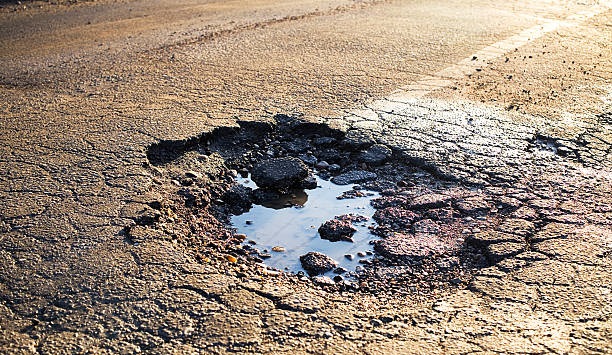In the quiet corners of rural landscapes, where the serenity of nature intertwines with the simplicity of life, there lies an unforeseen menace that disrupts the tranquility – potholes. Often dismissed as a minor inconvenience in urban areas, these humble craters in the road take on a whole new dimension in the villages, presenting challenges that go beyond mere discomfort. This article aims to shed light on the unique difficulties posed by potholes in rural areas, revealing the untold stories of resilience that unfold amidst the bumps and crevices.
The Rural Canvas:
Unlike their urban counterparts, rural roads are seldom treated to the luxury of regular maintenance. Potholes become a common feature, transforming the once-smooth pathways into a treacherous maze. For the villagers, these craters aren’t just disruptions; they are gatekeepers to essential services, posing significant difficulties in daily life.
- Transportation Woes: Potholes in village areas become notorious obstacles for transportation. The rattling rides on makeshift carts, bicycles, or dilapidated buses become a daily test of endurance for the residents. Essential services such as healthcare, education, and commerce are hindered, making the commute a challenging affair.
- Agricultural Impacts: In villages where agriculture is the backbone of the community, the condition of roads can directly affect livelihoods. Farmers transporting produce find themselves navigating through a pothole-laden obstacle course. This not only damages their vehicles but also leads to losses in the quality and quantity of their goods.
- Educational Hurdles: Children in rural areas face a unique set of difficulties when it comes to education. Pothole-ridden roads often result in prolonged travel times to schools, discouraging regular attendance. The journey becomes a daunting adventure, deterring parents from sending their children to school, impacting the overall educational development of the village.
- Healthcare Challenges: Access to healthcare is a critical concern in rural areas, and potholes exacerbate the problem. Ambulances struggle to navigate through the uneven terrain, resulting in delayed medical attention during emergencies. For pregnant women or those in need of urgent medical care, the condition of the roads becomes a matter of life and death.
- Social Isolation: Pothole-riddled roads contribute to the isolation of villages. The difficulty in commuting discourages social interactions and cultural exchanges. Festivals, community gatherings, and celebrations become logistical nightmares, causing a gradual erosion of the vibrant social fabric that defines rural life.
Conclusion:
The potholes in village areas are not just cavities in the road; they are challenges etched into the lives of the residents. It is imperative for policymakers to recognize the unique difficulties posed by these road imperfections in rural settings. Addressing the pothole predicament goes beyond mere infrastructure development; it is about fostering resilience, preserving livelihoods, and nurturing the spirit of rural communities. As the wheels of progress turn, let them traverse a smoother path for everyone, leaving the bumps and crevices behind in the rearview mirror of rural transformation.
